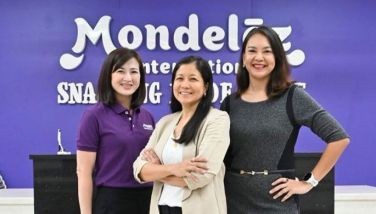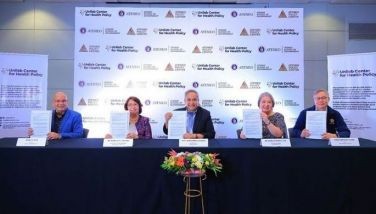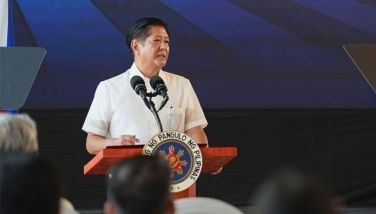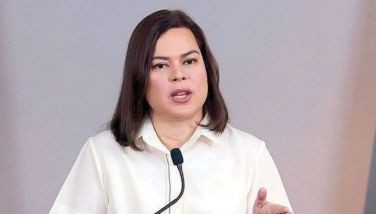Low investments hurting education
The
Unicef Senior Program Officer Collin Davis said yesterday that the agency has raised with the Department of Education (DepEd) their serious concern over the amount of investment the government is pouring into education.
“We work continually with DepEd and we talked about the amount of investment which is going into education. The allocation needs to be made at the higher level. The education system needs much more investment,”
“If we go back to 16 percent in 1998, it is about 12 percent now. I think that would be a great way of helping us to achieve the MDGs. Education is not getting enough investment and we have to invest in the children,” he said.
“The problem is although the government is committing the biggest budget to education, in real terms... we need a bigger percentage going to education and I think everyone should really support that,”
During the UNESCO Breakfast Forum at Ristorante La Dolce Fontana yesterday,
According to
He said Unicef’s assessment on the
“We would advocate and we should use the MDGs which are meant to be achieved by 2015 and that is seven years away. We should use that as a plea to government to please meet the MDGs of primary education for all boys and girls. We need to put a bigger percentage into education even if it is just up to 2015,” he said.
Despite the dissatisfaction of Unicef in the government’s allocation for education, he said the UN agency will not cut assistance for the
Unicef granted about $2 million in assistance this year for education in priority areas like
During the forum, Ambassador Preciosa Soliven, secretary general of the United Nations Educational, Scientific and Cultural Organization (UNESCO) National Commission of the Philippines (UNACOM), announced that President Arroyo has called an Education Summit from Jan. 31 to Feb. 1 to review the National Plan of Action to meet the MDGs.
MDGs Goal No. 3 is the achievement of universal primary education, with governments targeting to achieve universal access to primary education by 2015.
In the second progress report of the
Based on school-age population of 6-11 years, the participation rate at the primary or elementary level stood at 90.05 percent in school year 2002-2003. Among regions, the Autonomous Region in Muslim Mindanao (ARMM) registered the highest participation rate with 91.37 percent, while the lowest rate was registered in the National Capital Region (NCR) with 77.15 percent.
Three major challenges and priorities for action include improving school-retention capacity, improving quality, and improving governance and resource allocation and utilization.
The United Nations General Assembly adopted the Millennium Declaration that affirmed the MDGs’ global commitment to peace and development at the Millennium Summit in September 2000.
The member nations who committed to the MDGs have set goals and targets aimed at eradicating poverty globally. The MDGs are eradicating extreme poverty and hunger; achieving universal primary education; promoting gender equality; reducing child mortality; improving maternal health; combating HIV/AIDS, malaria and other diseases; ensuring environmental sustainability; and developing a global partnership for development.
In the
- Latest
- Trending































